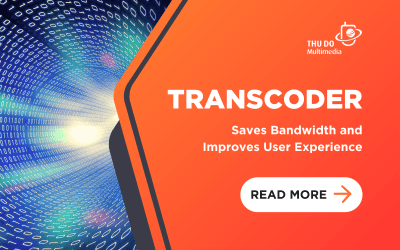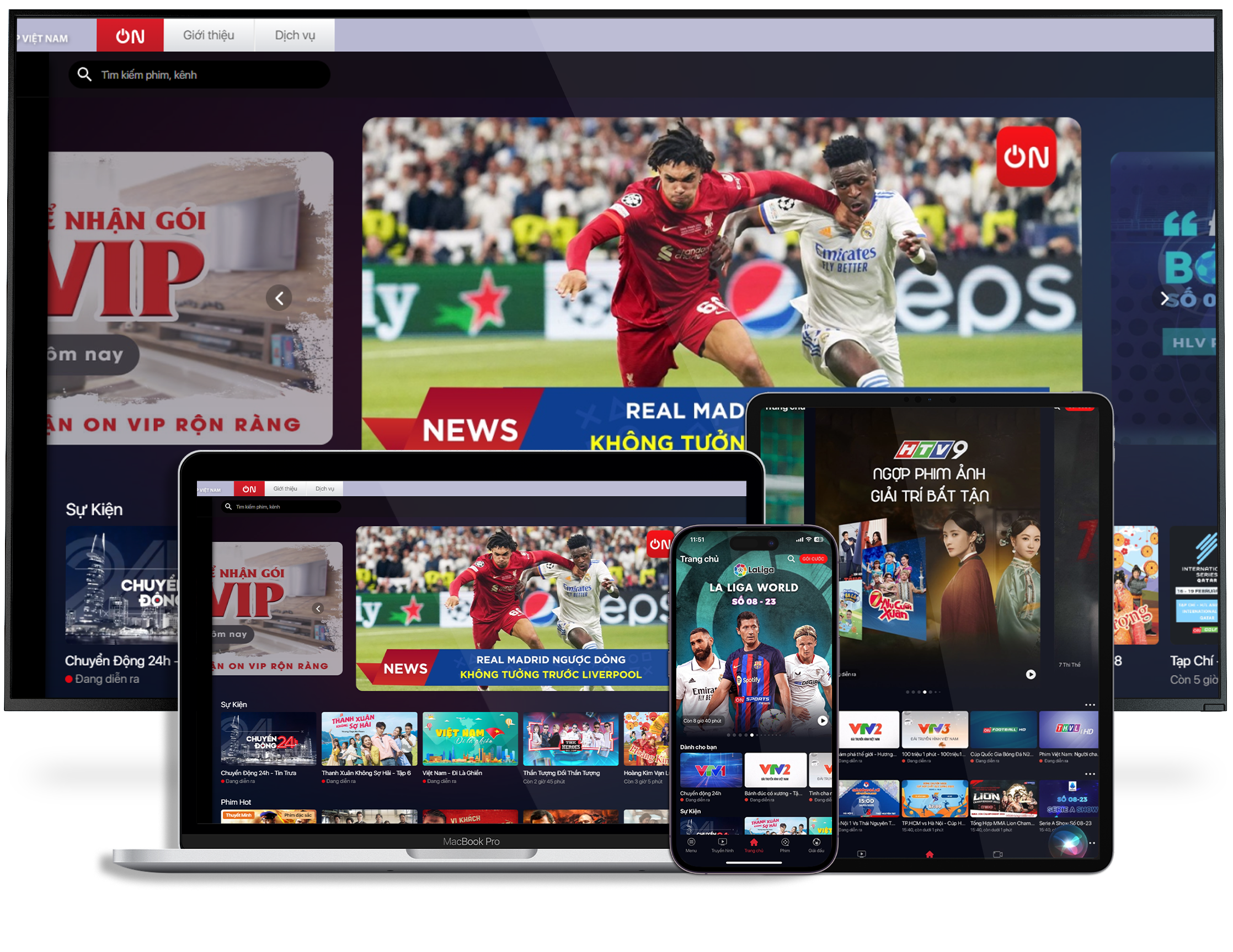
SIGMA OTT
Perfect Solution
for Streaming Service
The world’s leading All-In-One OTT/IPTV solution platform provider includes websites and apps for mobile & TV.
Launch your OTT/IPTV Platform Instantly
SIGMA OTT
Perfect Solution
for Streaming Service
The world’s leading All-In-One OTT/IPTV solution platform provider includes websites and apps for mobile & TV.




Launch your OTT/IPTV Platform Instantly
Trusted Across the Globe
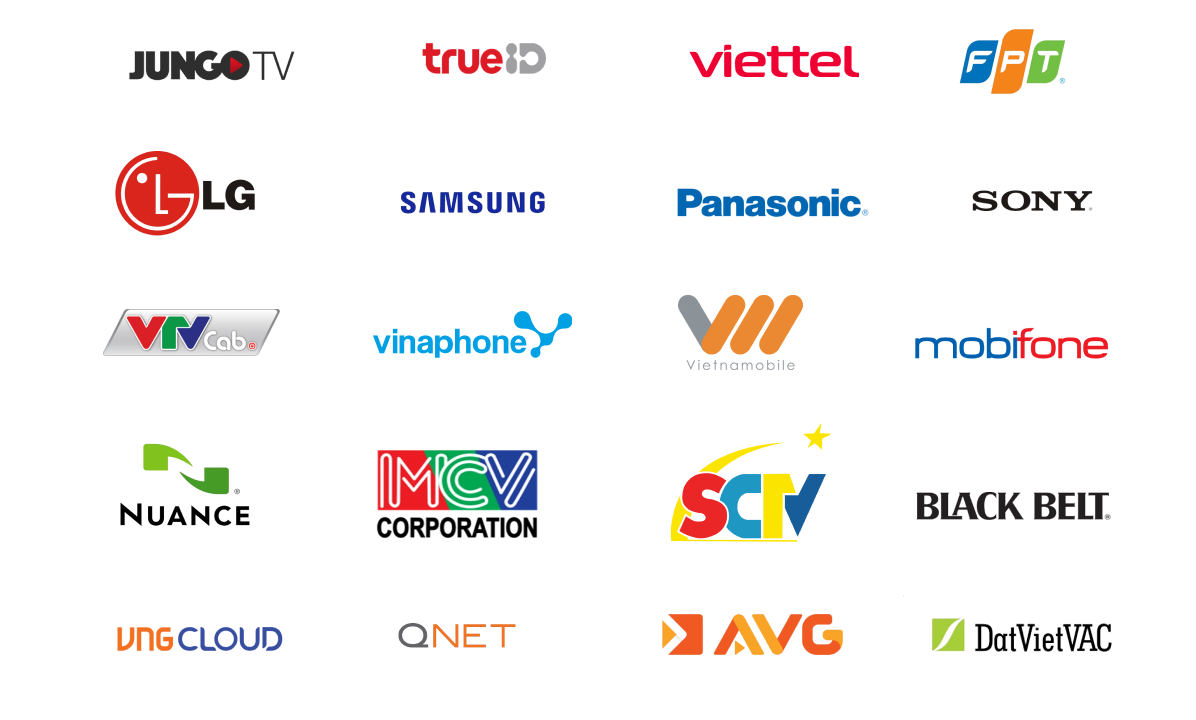


Sigma DRM/Multi DRM
Sigma-Digital Rights Management – exclusive research by TDM
Sigma Dynamic Ads Insert
Server-Side Ad Insertion Solution exclusively for Television, Livestreaming Event, VOD
Sigma Interactive
Enable audience engagement, impact on the streaming experience
Sigma Multi CDN
Optimizing CDN network usage
Sigma Transcoder
Encode and convert video files to many other formats
Others
Discover our OTT solutions
Key Figures
Clients Devices
Years Of OTT Innovation
%
Customer Satisfaction Rating
Online Support
Awards
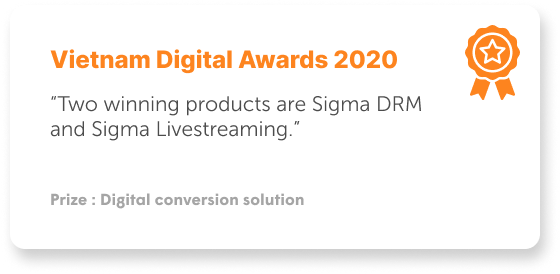


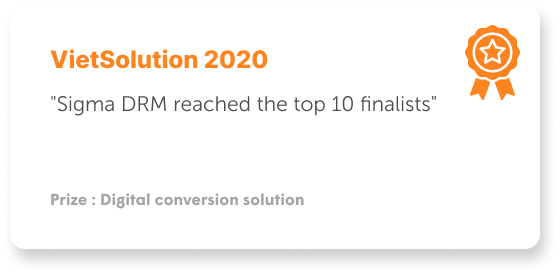








Thudo’s remarkable participation
at the IPSC event
News
News
DRM Protection: Safeguarding Digital Content in the Digital Age
In the ever-evolving digital landscape, the protection of digital content has become paramount....
Did You Know? Transcoders Can Save Bandwidth and Improve User Experience
Transcoder is a crucial component in digital-to-digital conversion, serving as a bridge between...
Sigma Transcoder – Support digital content transmission optimally
Transcoding is an integral part of the adaptive streaming process and is a step in preparing video...
Ready to Get Started ?
Start streaming today with our integrated video platform.
Talk to a Streaming Expert
Ready to Get Started ?
Start streaming today with our integrated video platform.
Talk to a Streaming Expert
Resources
Blog
Case Study
Document
Video
News
Privacy Policy
Company
About us
Contact Us
Product
Multi DRM
Livestreaming
OTT
Packager/ Transcoder
Audio Watermarking
Multi CDN
NS53
Dynamic Ads Insert
Interactive
For Enquiries
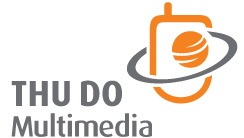


Thu Do Multimedia Joint Stock Company
10th floor, No 48 Le Van Luong
N1 New Urban, Nhan Chinh Ward, Thanh Xuan District, Hanoi, Vietnam
Tel: (+84) 4 3668 7038
Email: thudojsc@gviet.vn
2022 by Thu Do Multimedia. All rights reserved








